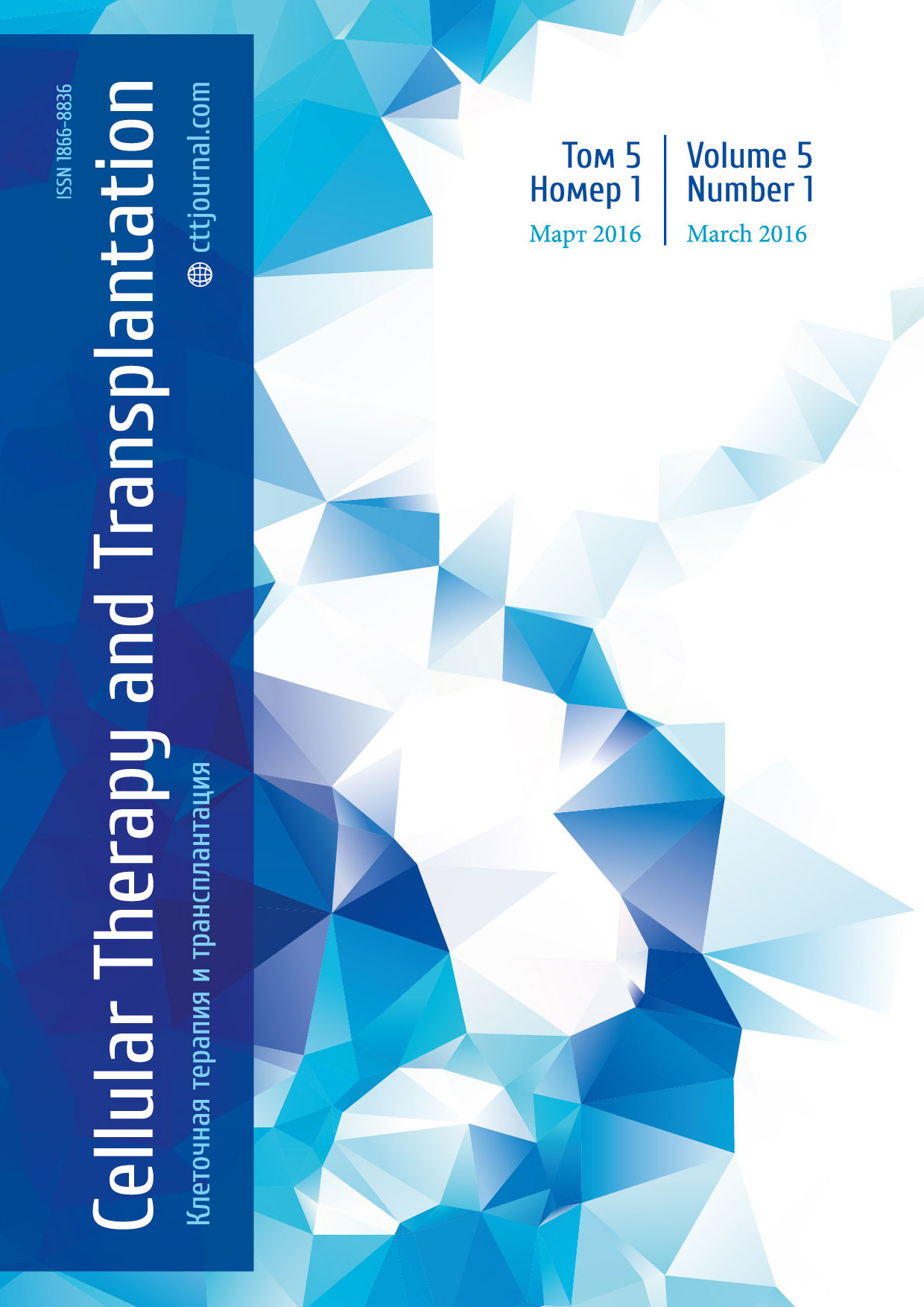Hematopoietic stem cell transplantation in patients with neurometabolic diseases: a single center experience
Kirill I. Kirgizov1, 2, Ekaterina A. Pristanskova1, Yulia V. Skvortsova2, Natalia L. Pechatnikova1, Marina Y. Persiantseva2, Natalia V. Sidorova1, Dmitry N. Balashov2, Veronika V. Konstantinova1, Oxana L. Blagonravova1, Svetlana M. Mikhailova1, Elena V. Skorobogatova1, Aleksey A. Maschan2
1 The Russian Children’s Research Hospital, Moscow, 2 Dmitry Rogachev Federal Research Center of Pediatric Hematology, Oncology and Immunology, Moscow
Summary
Introduction
Allogeneic hematopoietic stem cell transplantation (HSCT) is now increasingly used for the patients with inborn neurodegenerative disorders. It is quite important to provide HSCT for such cases in the early childhood.
Patients and methods
Twenty-seven HSCTs were performed and analysed during the period of 2002 to 2014. The children under study were with Hurler syndrome (n=19), X-linked adrenoleukodystrophy (ALD) (n=4), metachromatic leukodystrophy (n=3), Krabbe disease (n=1). In 20 cases, a matched unrelated HSCT were performed in 20 cases. Matched related donors were used in 7 cases. In general, HSCT with HLA matching of 9/10 was carried out in 20% of cases (n=4), with 10/10, in 80% (n=16). The sources of stem cells were as follows: bone marrow, 74,1% (n=20); peripheral blood stem cells, in 18,5% (n=5); cord blood cells, 7,4% (n=2). The median of age was 4,1 years. Conditioning regimen included Busulfan/Treosulfan+Fludarabine+Thiotepa/Melphalan, and ATG+Rituximab in cases of MUD HSCT.
Results
Nearly all of the 20 surviving patients developed a complete donor chimerism (n=19), and showed good response to the therapy. A better response correlated with shorter interval from diagnosis to transplant. One patient rejected the graft, however, remaining alive. The causes of death were as follows: infection, 57,1% (n=4); GvHD, 28,6% (n=2); late progression, 14,3% (n=1). Our experience form the last 5 years demonstrates better outcomes, due to more effective infection control and GvHD prevention. Three patients with X-linked ALD exhibited aGvHD grade III-IV, of them only one patient survived at the early terms, however, died 7 years after HSCT because of the disease progression. The long-term observations lasted for a median of 40,5 (7 to 128) months. Estimated probability of overall survival was 51,4%, event-free survival, 49,3%.
Conclusion
Our results suggest that HSCT for the patients with neurometabolic diseases is an effective way to hamper neurodegenerative events, in case of successful transplant outcome. Over last years, the results of HSCT become better, due to improved control of infection and GvHD. The X-linked ALD patients require additional measures for GvHD prevention.
Keywords
Аllogeneic hematopoietic stem cell transplantation, children neurometabolic diseases, graft-versus-host disease acute


